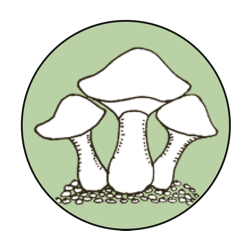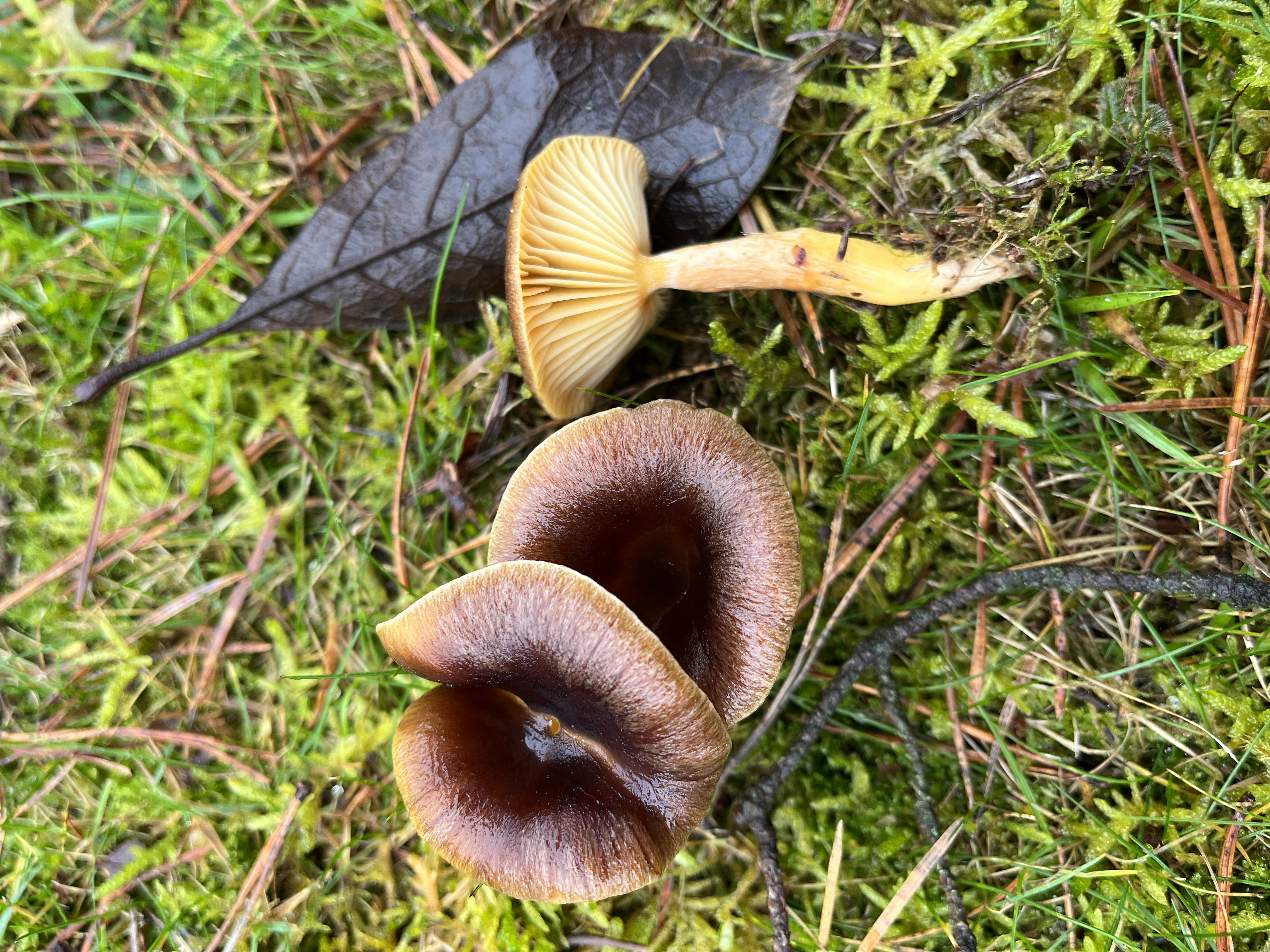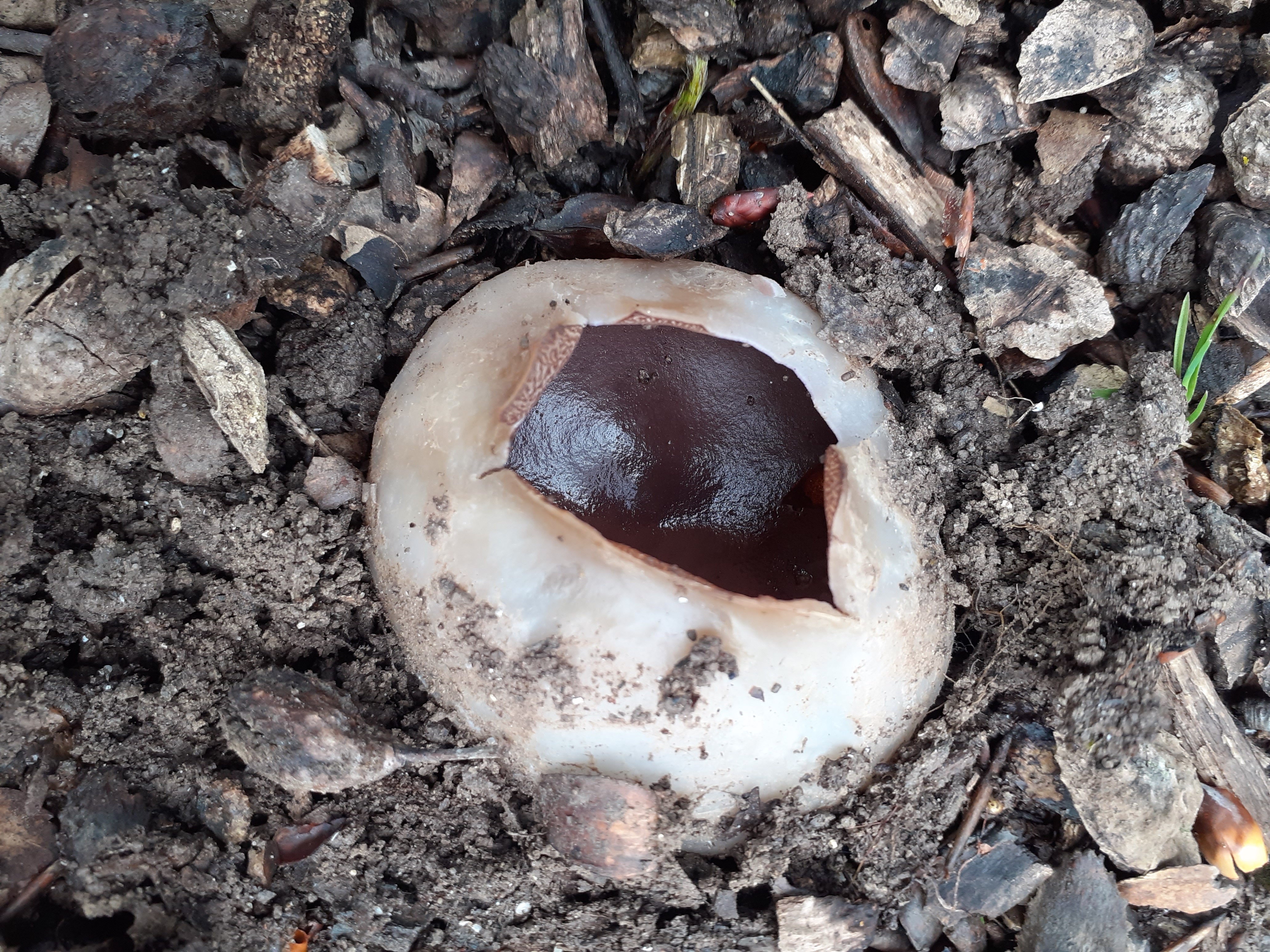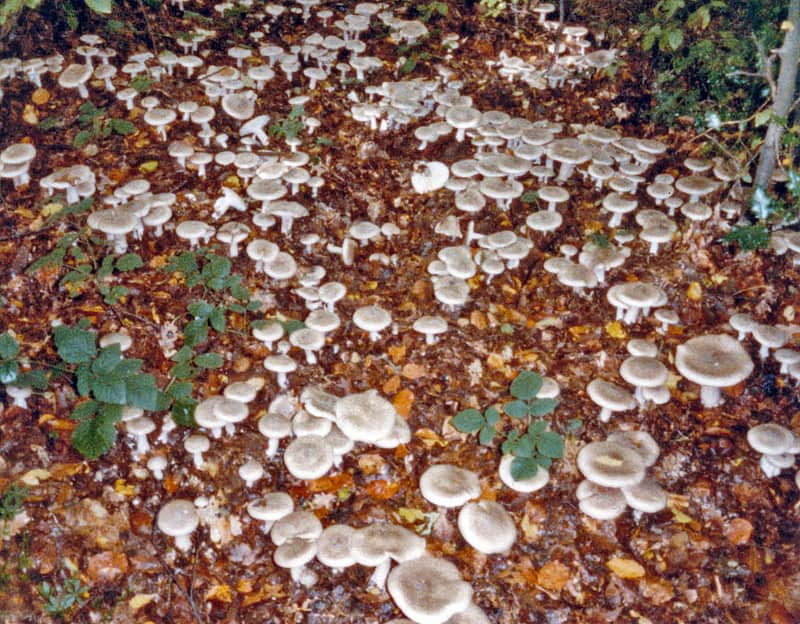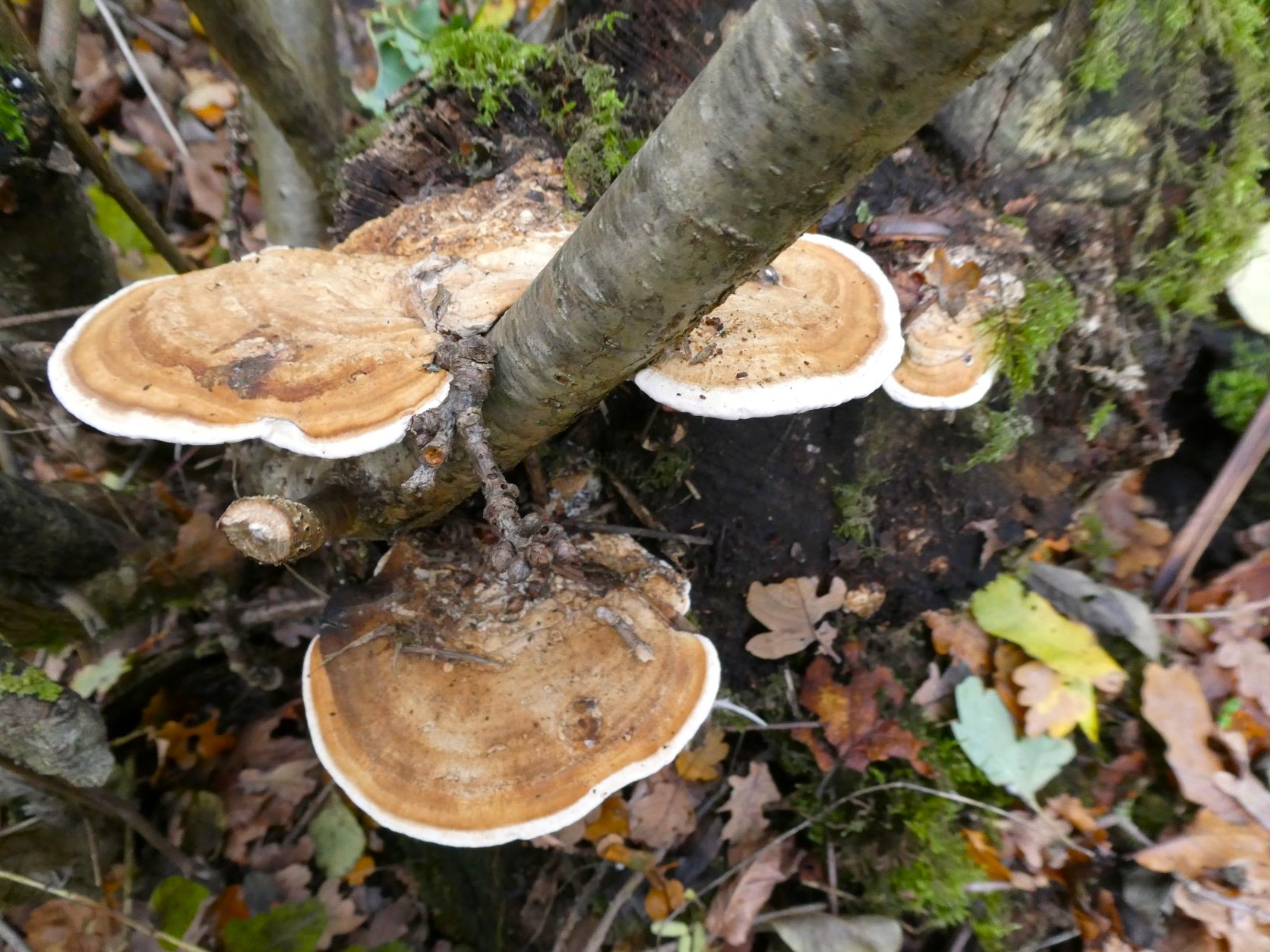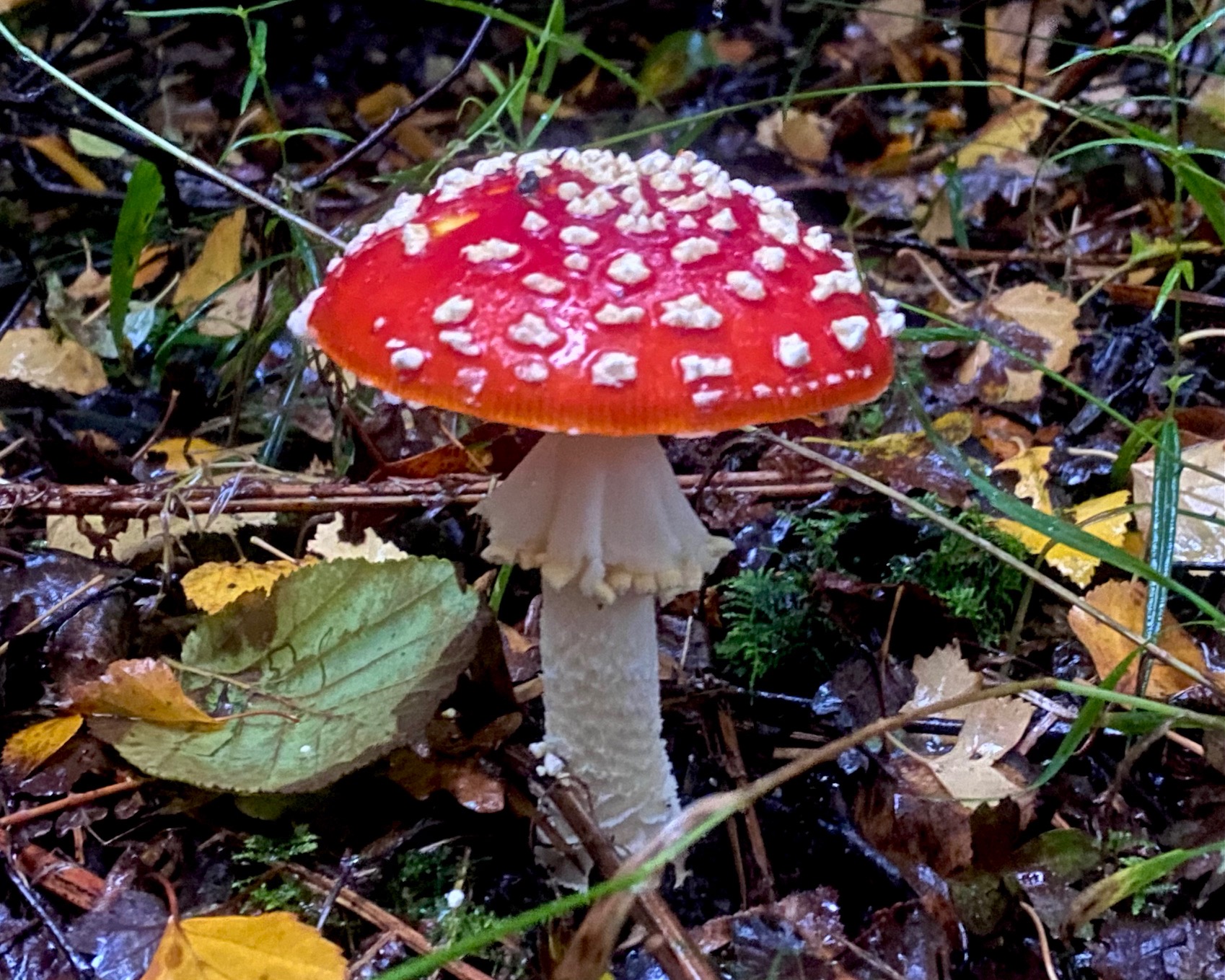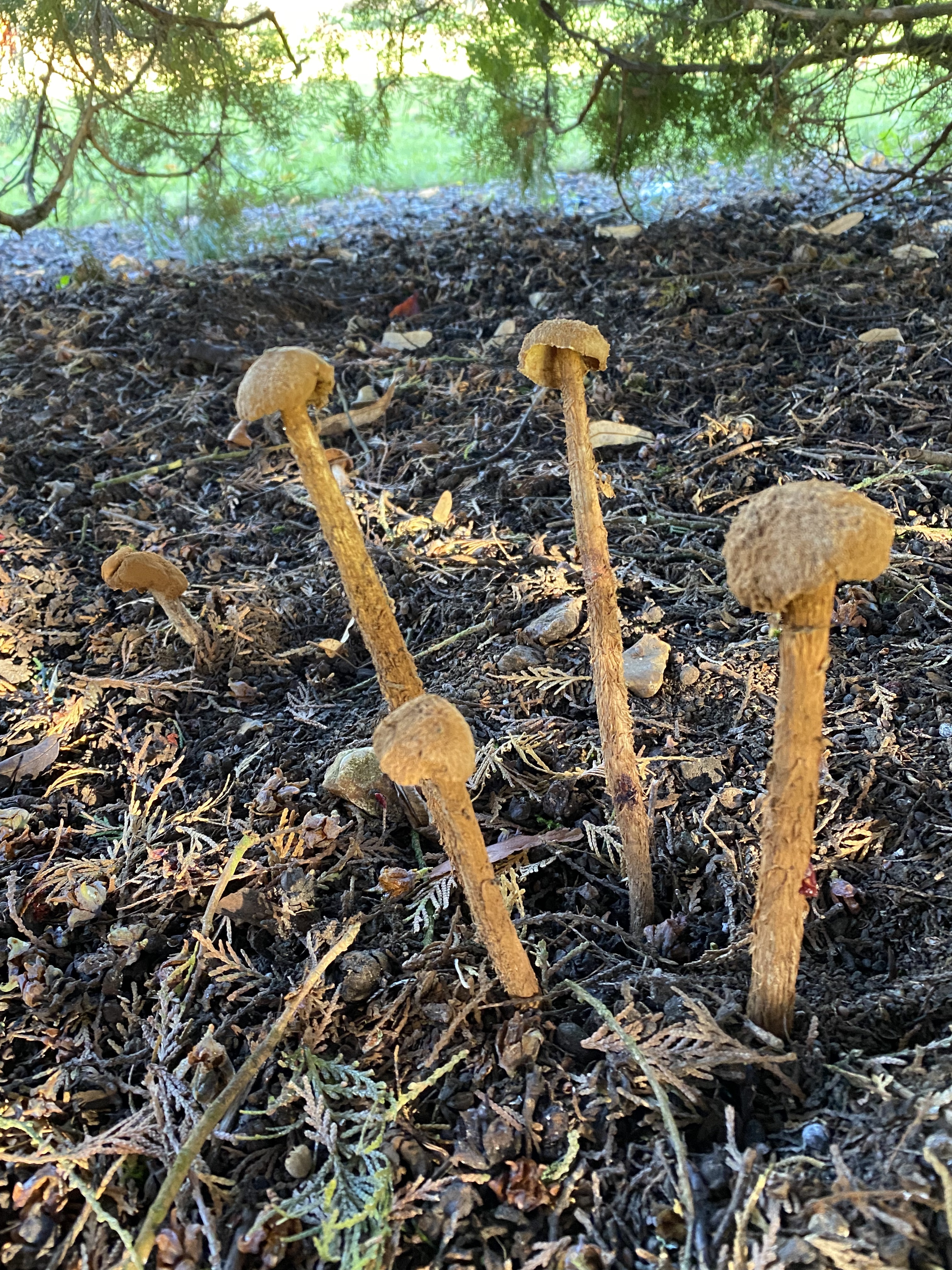We had a bright day for our morning field meeting to collect specimens, less windy and warmer than it has been through this chilly spring, but very muddy underfoot, and we had a good turnout of 20 people. Northaw Great Wood, new to some of us, was also impressive.

We then moved to Northaw village hall and set out our microscopes. After our AGM and lunch, Kerry gave us a brief introduction to some of the discomycetes and pyrenomycetes most commonly encountered in Herts, together with useful tips on how to separate them, and illustrated this with her wonderful close-up photos of these lovely little things. She then demonstrated some microscopy techniques. All in all a very enjoyable and informative day.

Some of Ascomycetes included:
| Annuloypoxylon minutellum (= Hypoxylon) – on Oak (photo below) Annulohypoxylon multiforme (= Hypoxylon) – on Birch Calloria neglecta – on Stinging Nettle Cudoniella acicularis – under deciduous log (presumed Oak) Dasyscyphella nivea (=Dasyscyphus) – on Oak Diatrype stigma – on Hornbeam Diatrypella quericina – on Oak Eriopezia caesia – Hornbeam log Hyaloscypha sp. tbd Hypoxylon fragiforme – on Beech Hypoxylon howeanum – on Beech |
Lachnum virgineum – on old fallen Oak petioles Leptosphaeria acuta – dead Stinging Nettle stems Melogramma campylosporum – on Hornbeam (photo below) Micropodia pteridina – base of old Bracken rachis Microthyrium ilicinum – on old fallen leaf of Sweet Chestnut Mollisia sp. Nectria cinnabarina – on Hornbeam Rhopographus filicina – on old bracken rachis Trochila ilicina – old fallen holly leaves Xylaria carpophila – on beech mast Xylaria hypoxylon |
Pat
Recent Posts
